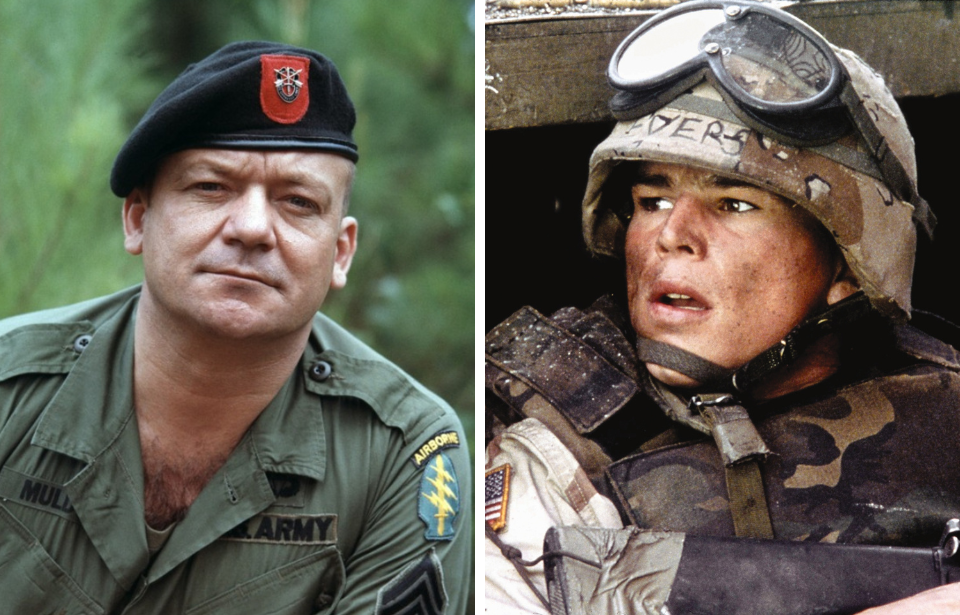When comparing a US Army Ranger vs a Green Beret, there’s not usually an intention to suggest one is better than the other. Both are integral components of the US military and have earned reputations for being some of the most elite units ever established. However, there are major differences between the two, which candidates should consider before attempting to join their ranks.
Army Ranger vs Green Beret
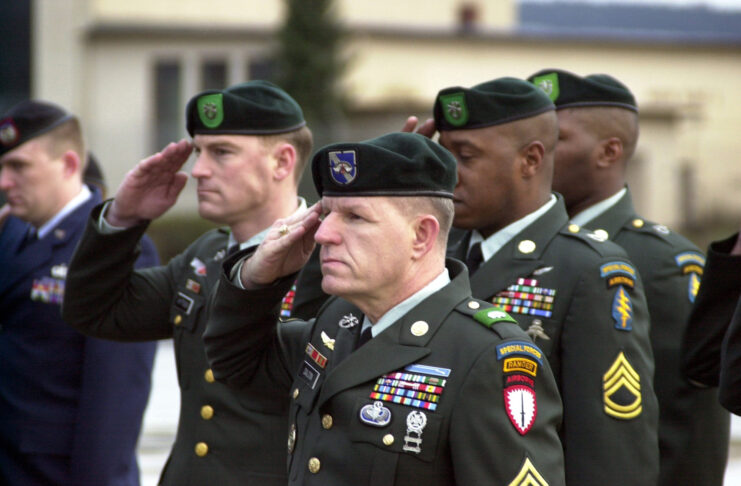
The US Army Rangers are a large-scale light infantry force who participate in joint-special operations raids, reconnaissance, search and rescue, airborne assaults, and the seizure of airfields. While many of these tasks are shared between them and the Special Forces, the Rangers are utilized more as a rapid deployment force. Their motto, as such, is “Rangers Lead the Way.”
The Green Berets, operating in units of 12, are experts on unconventional warfare. They’re tasked with six primary missions, including reconnaissance, foreign internal defense, hostage rescue, direct action and counter-terrorism. They’re also trained in guerrilla warfare. Their motto is the Latin phrase De Oppresso Liber, which translates to, “To Liberate the Oppressed.”
When comparing a US Army Ranger vs a Green Beret, there are similarities of note. They’re both part of the Special Operations Command and, as aforementioned, they share many of the same tasks in their operational mission. That being said, there are significantly more differences, especially when it comes to their training.
Different training requirements
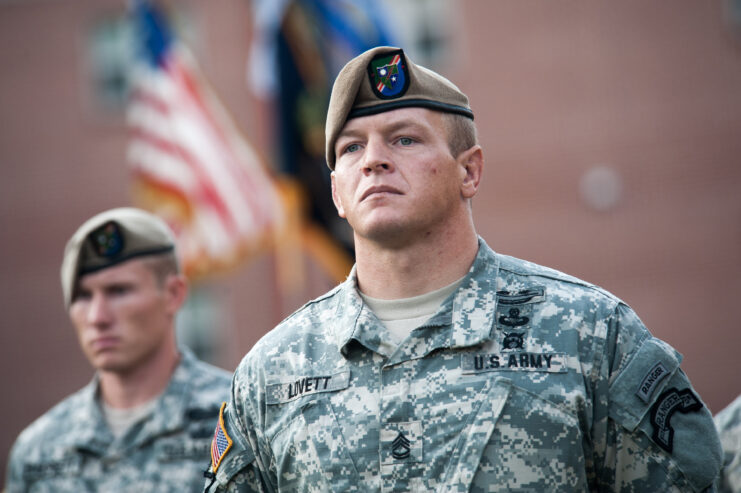
Their differences are easily identifiable when pitting the entry requirements of a US Army Ranger vs a Green Beret. There are no prerequisites for a soldier to enlist in Ranger School – so long as they’re 18 years old and a member of the US Army, they can join. Even those not currently enlisted can sign a contract, which grants permission for them to join the qualification tests immediately after completing Basic Training.
Ranger School is considered a valuable training tool, but earning the Ranger Tab following its completion doesn’t make a soldier part of the 75th Ranger Regiment. They must complete the Ranger Assessment and Selection Process (RASP) to achieve this.
Training to become a Green Beret is significantly more difficult. Active soldiers wanting to join the Special Forces must complete at least three years of service with the Army before applying and have reached the rank of E-3 – or private first class. Troops who haven’t previously served can sign an 18X contract, which allows them to try their hand at becoming Green Berets as soon as they finish Basic Training and the Basic Airborne Course (BAC).
Active soldiers who are approved to begin the selection process must take the two-week Special Operations Preparation Course (SOPC). The physical conditioning course helps prepare them for the rigors of the Special Forces Qualification Course (SFQC) – better known as the “Q” Course.
Candidates must attend the Special Forces Preparation Course (SFPC) to test their physical and navigational skills. It’s purposely challenging to weed out those who aren’t yet prepared for the Q Course. Those who pass must also go through Special Forces Assessment and Selection (SFAS), a three-week evaluation of “intelligence, physical fitness, motivation, trainability, judgment, and influence.”
It’s only after these hurdles that soldiers may move onto the Q Course.
Ranger Assessment and Selection Process (RASP)
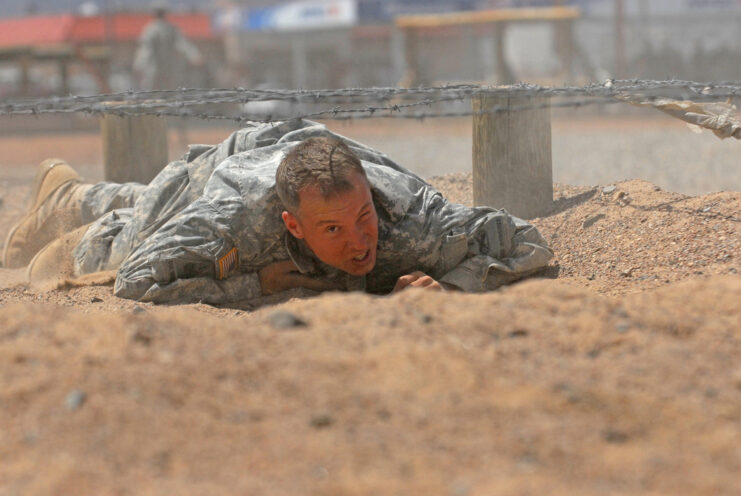
Anyone wanting to become a member of the 75th Ranger Regiment must complete the US Army Ranger School, considered one of the most difficult training courses a soldier can go through. Lasting over two months, it’s split into three phases that each focus on different skillsets, to ensure a well-rounded Ranger on the other side.
The first phase is 20 days long and tests candidates’ physical fitness, stamina and mental toughness, to create and cement the necessary foundation for the skills required to successfully complete the next two parts. The second stations them in the North Georgia Mountains, where they learn mountaineering, mobility training and other techniques. The third and final phase places soldiers in Florida’s swampy marshland, where they learn waterborne operations under extreme mental and physical stress.
Completion of Ranger School allows soldiers to wear the well-deserved Ranger Tab on their shoulder, and it can be completed either before or after the RASP.
The RASP is an eight-week test split, again, into three phases. The first portion requires the completion of rigorous physical tests, including a six-to-12-mile march wearing a 35-pound rucksack, a timed five-mile run and a 15-meter swim in their full uniform. The second and third phases put candidates’ mountaineering and swamp skills to the test with various exercises.
Completion of the RASP grants soldiers their tan beret, officially making them a US Army Ranger.
Special Forces Qualification Course (SFQC)
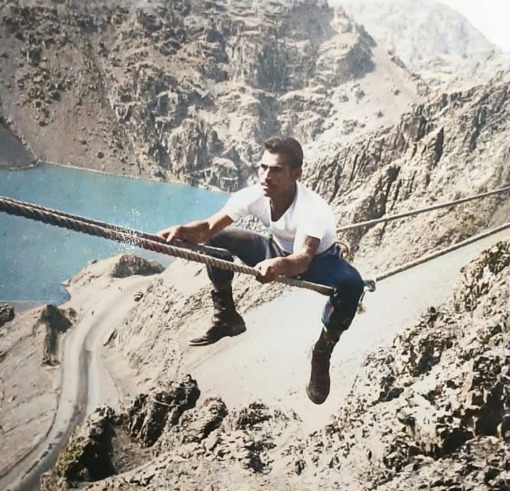
For a soldier to become a Green Beret, they must endure the Q Course, a one-to-two-year process that’s split into six phases to churn out skilled Special Forces members.
The first phase is course orientation and history. Lasting seven weeks, it teaches candidates the core mission and tasks of the US Army Special Forces and the various military occupational specialties (MOS). The second focuses on language and culture, with soldiers expected to become experts in the language and culture they’re assigned, through 18-24 weeks of training and education.
The third is small-unit tactics and lasts for 13 weeks. Throughout, soldiers become skilled marksmen, and are trained in urban warfare operations, sensitive exploitation procedures, and complete Survival, Evasive, Resistance, and Escape (SERE) training.
The fourth phase – MOS training – assigns candidates into their respective fields: detachment commander, engineer sergeant, medical sergeant, weapons sergeant or communications sergeant. The fifth consists of the Unconventional Warfare Culmination Exercise – Robin Sage, which takes four weeks. The soldiers are dropped into a fictional environment of political instability, and told to plan and apply their skills to overcome the challenges of overthrowing a faux-guerrilla regime.
More from us: There’s a Big Difference Between the FBI and CIA
The sixth and final phase of the Q Course is what all candidates hope to reach: graduation. Here, those who’ve successfully completed their training are awarded their green beret, officially making them members of the Army’s Special Forces.
